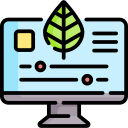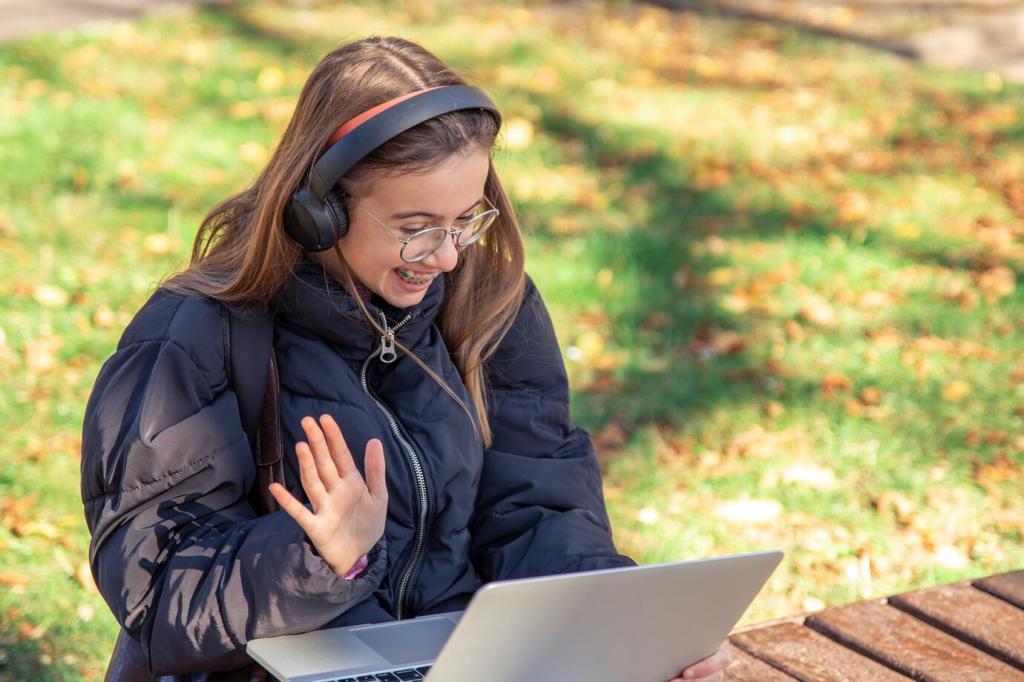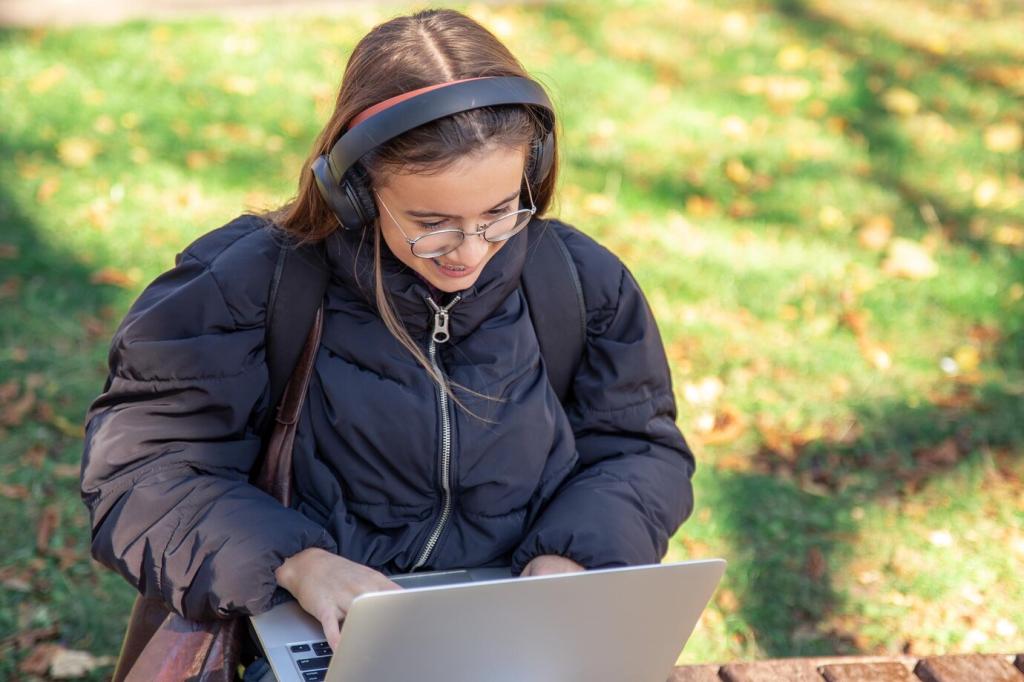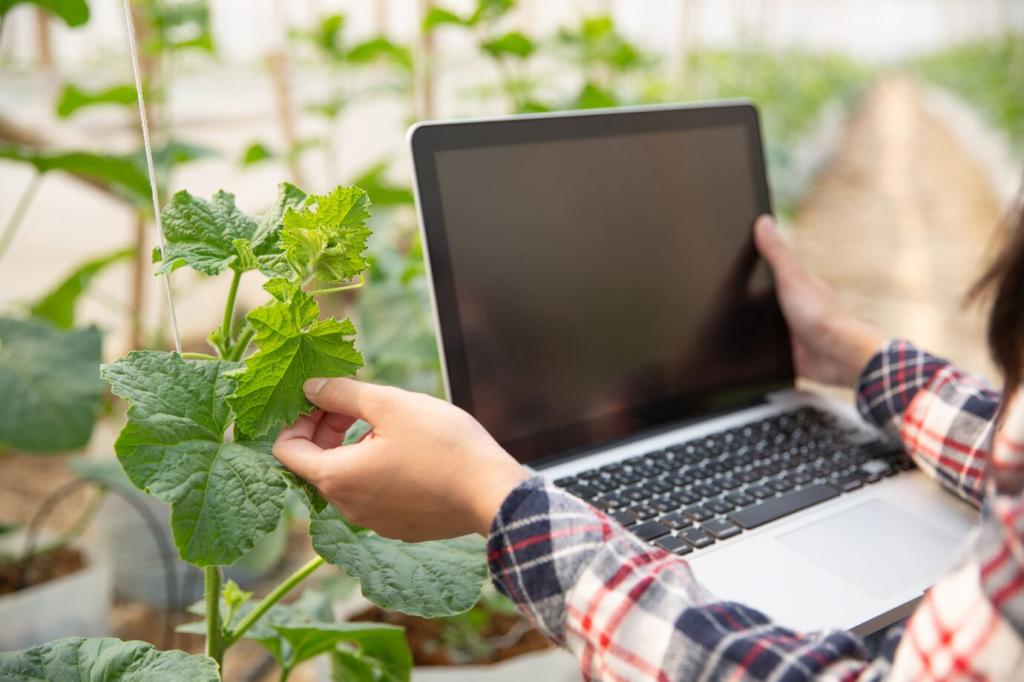Why E-Learning Accelerates Conservation
Online courses move faster than traditional workshops, enabling conservation teams to onboard volunteers before nesting seasons, fires, or floods. Share modules globally, adapt locally, and keep everyone aligned when minutes matter. Tell us where you’d deploy training first.
Why E-Learning Accelerates Conservation
Short, targeted lessons on soil health, invasive species, or waste audits slip between field tasks and family time. Learners practice one small action daily, building lasting habits. Comment with a micro-lesson you’d love to see featured next.
Why E-Learning Accelerates Conservation
In northern savannas, a ranger finished a smartphone module on patrol planning during a bus ride. He adjusted routes that evening and reduced snares within a week. Share your own story to inspire our readers and spark momentum.
Why E-Learning Accelerates Conservation
Lorem ipsum dolor sit amet, consectetur adipiscing elit. Ut elit tellus, luctus nec ullamcorper mattis, pulvinar dapibus leo.




